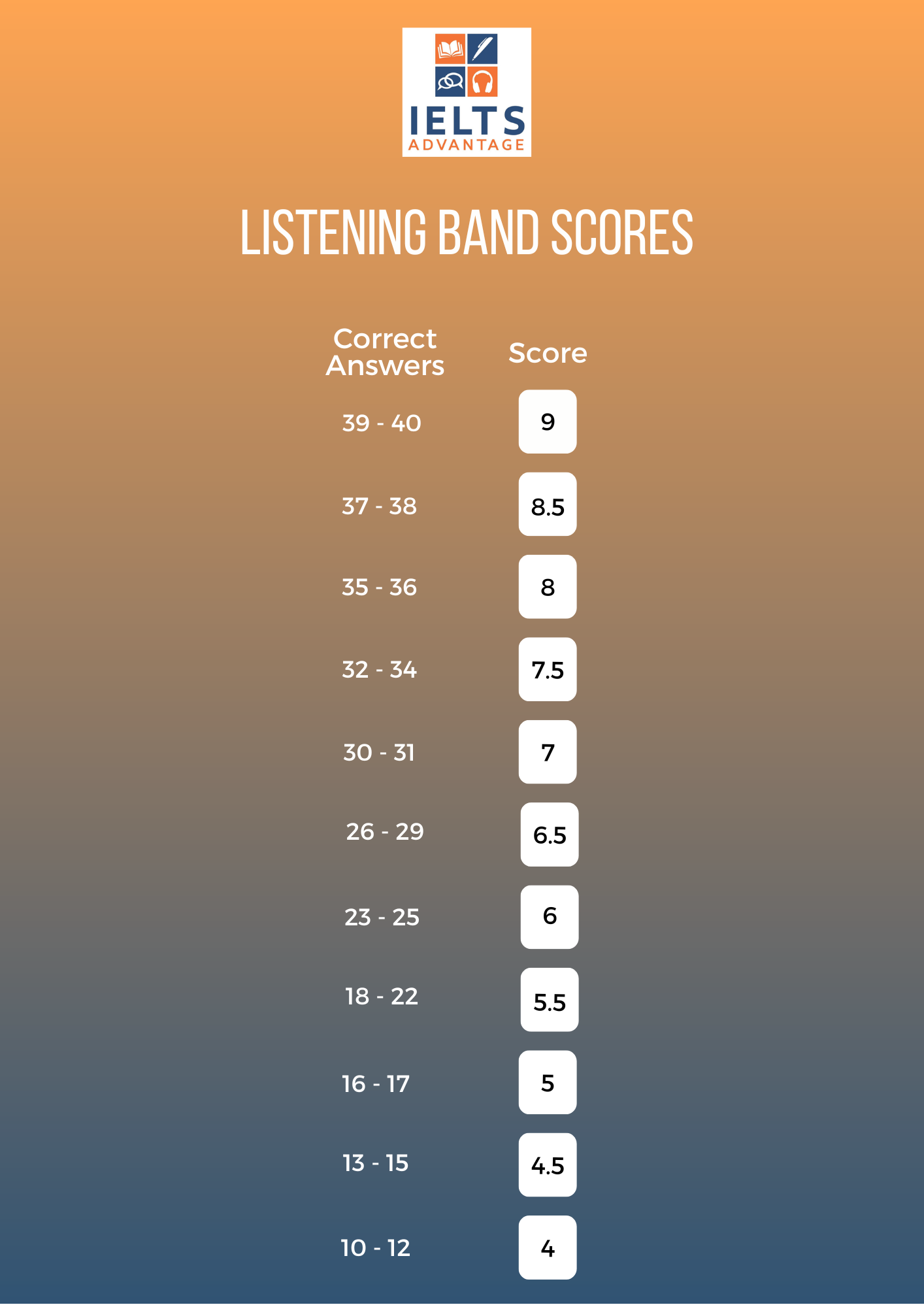For individuals looking to study or work in an English-speaking country, taking the International English Language Testing System (IELTS) exam is a common requirement. The IELTS exam assesses a person’s proficiency in the English language, testing their listening, reading, writing, and speaking skills. One of the key aspects of the IELTS exam is the scoring system, which helps determine a test-taker’s level of English proficiency.
Understanding the IELTS scores chart is essential for anyone planning to take the exam. The scores chart provides a clear indication of how a test-taker’s performance will be assessed and what level of proficiency they have achieved. This information can help individuals set realistic goals and track their progress as they prepare for the exam.
IELTS Scores Chart
The IELTS scores chart is divided into nine bands, ranging from Band 1 to Band 9. Each band corresponds to a specific level of English proficiency, with Band 1 indicating a non-user of the language and Band 9 indicating an expert user. Test-takers receive a score for each of the four sections of the exam – listening, reading, writing, and speaking – as well as an overall band score, which is an average of the four section scores.
For example, a band score of 5.5 is considered a moderate level of English proficiency, while a band score of 7.5 is considered a good level of proficiency. Test-takers aiming for higher education or professional opportunities in English-speaking countries typically aim for a band score of 7 or above. The IELTS scores chart provides a clear breakdown of what each band score represents in terms of language proficiency.
It is important to note that different organizations or institutions may have specific band score requirements for admission or employment purposes. For example, a university may require a minimum band score of 6.5 for admission to a particular program, while an employer may require a band score of 7 for a job position. Test-takers should review the specific requirements of the organization they are applying to in order to set appropriate goals for their IELTS exam.
In conclusion, the IELTS scores chart is a valuable tool for test-takers to understand their level of English proficiency and set goals for their exam preparation. By familiarizing themselves with the scoring system and requirements of their target institutions, test-takers can effectively prepare for the exam and increase their chances of success in achieving their academic or professional goals.
